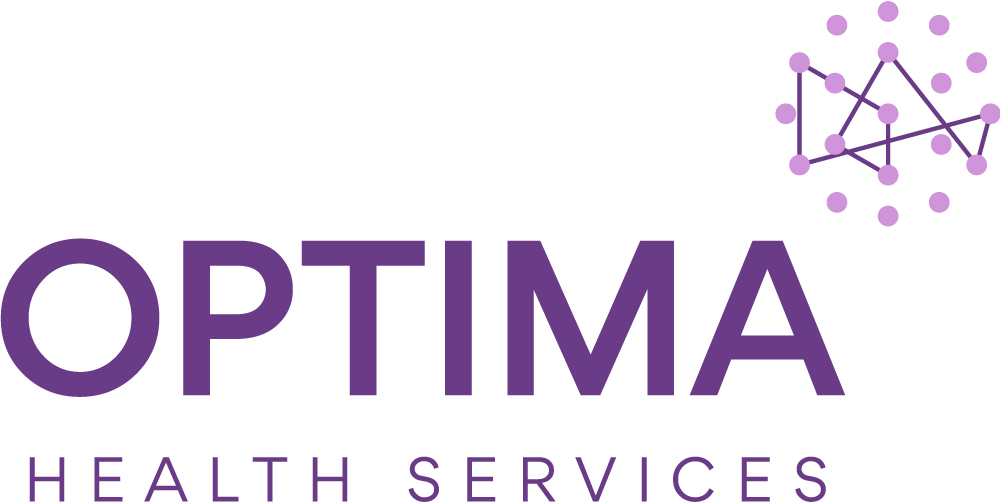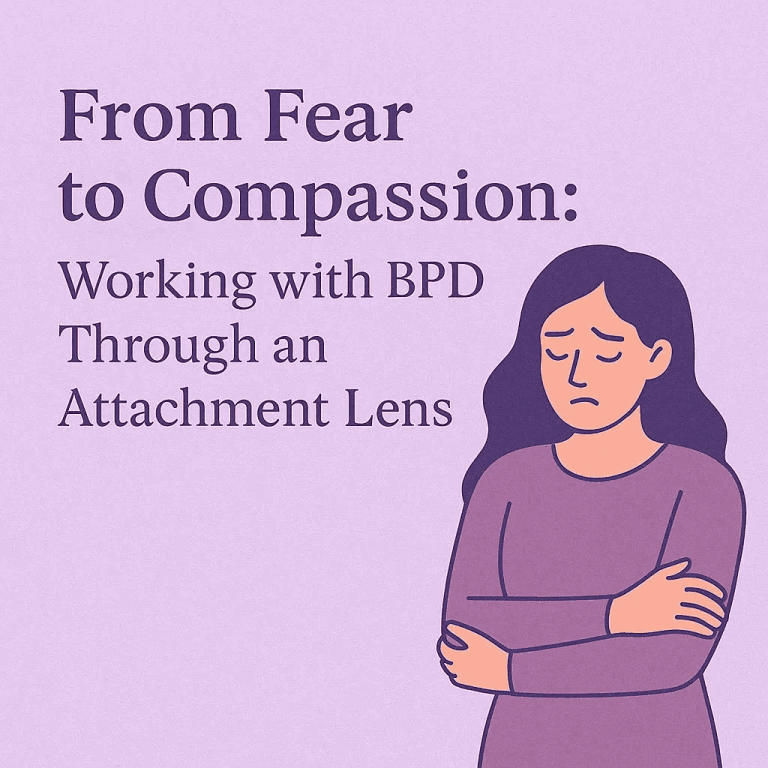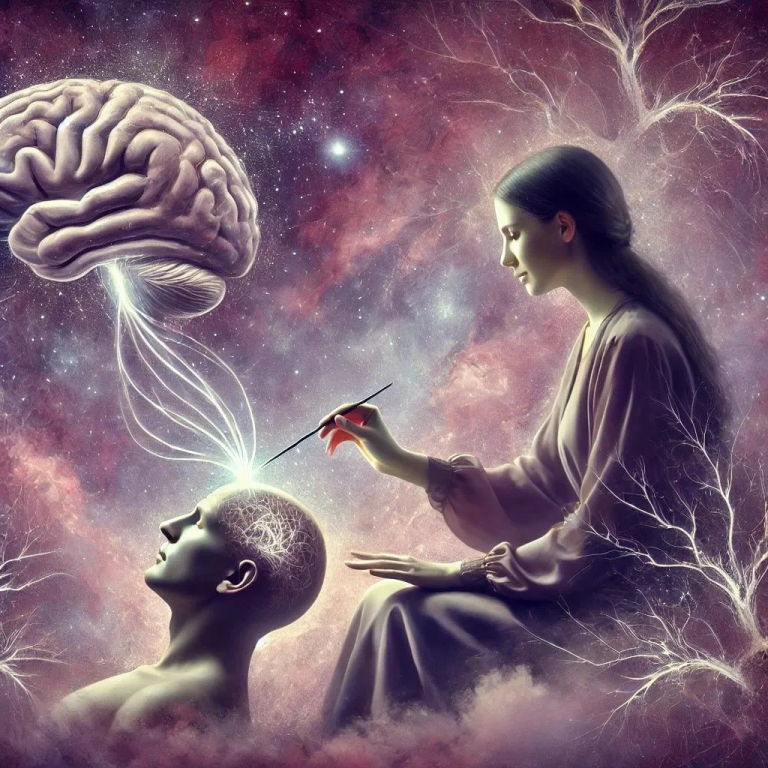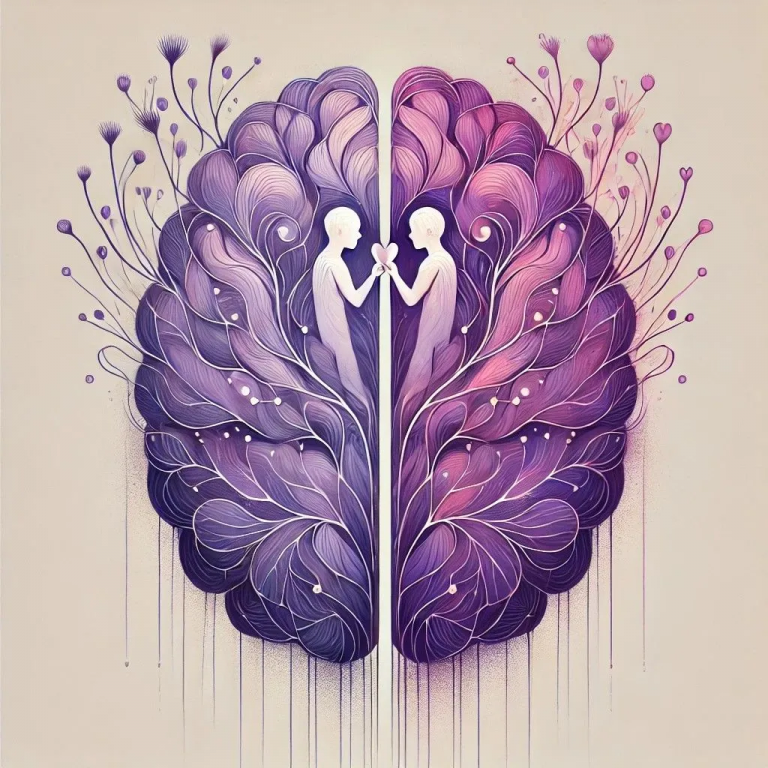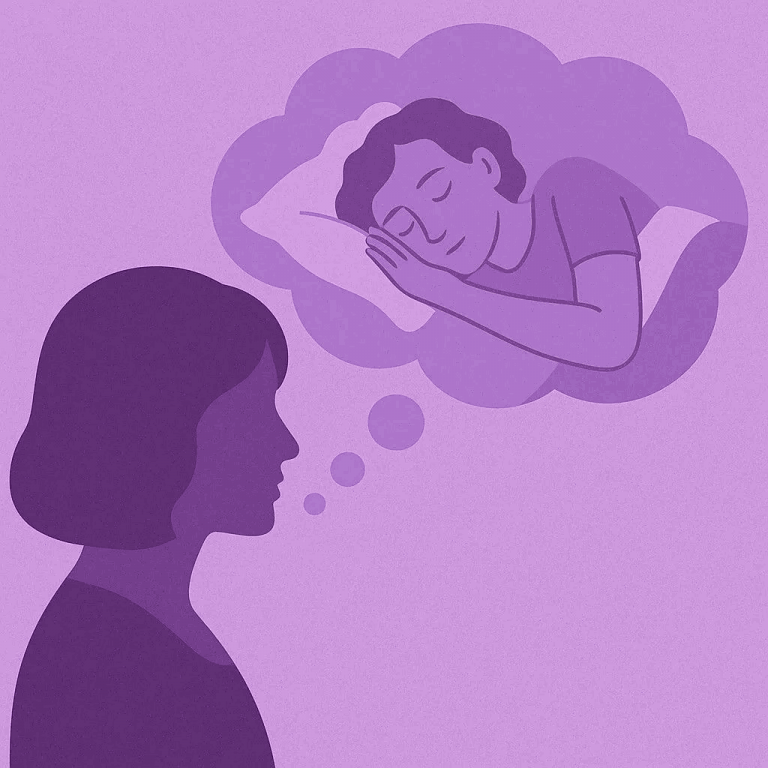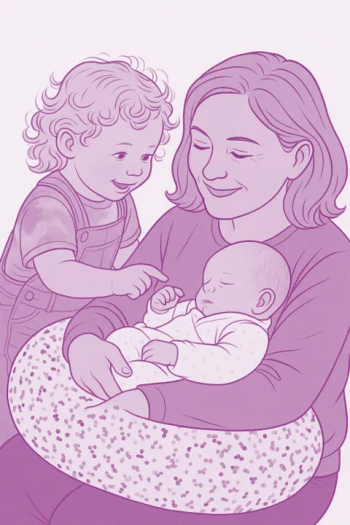How Oxytocin Supports Breakthroughs in Therapy
As counsellors, we see first-hand how attachment wounds shape our clients’ struggles. But beyond theory, there’s a biological side to healing too—our brains are wired for connection, and neurochemicals play a vital role in the therapeutic process.
Oxytocin, often called the “bonding hormone,” is key. It’s released through safe, attuned relationships, helping to regulate emotions, lower stress, and build trust. In therapy, moments of deep connection—being truly heard, seen, and understood—can spark oxytocin release, creating the safety needed for real breakthroughs.
Other neurochemicals matter too. Dopamine fuels motivation and the hope of change. Serotonin stabilises mood, fostering resilience. Even cortisol, when managed well, can help clients process past trauma without overwhelm.
Understanding these processes doesn’t replace the human side of therapy—it reinforces it. When we offer genuine empathy, consistency, and attunement, we’re not just providing emotional support; we’re facilitating powerful biological shifts that pave the way for healing.
